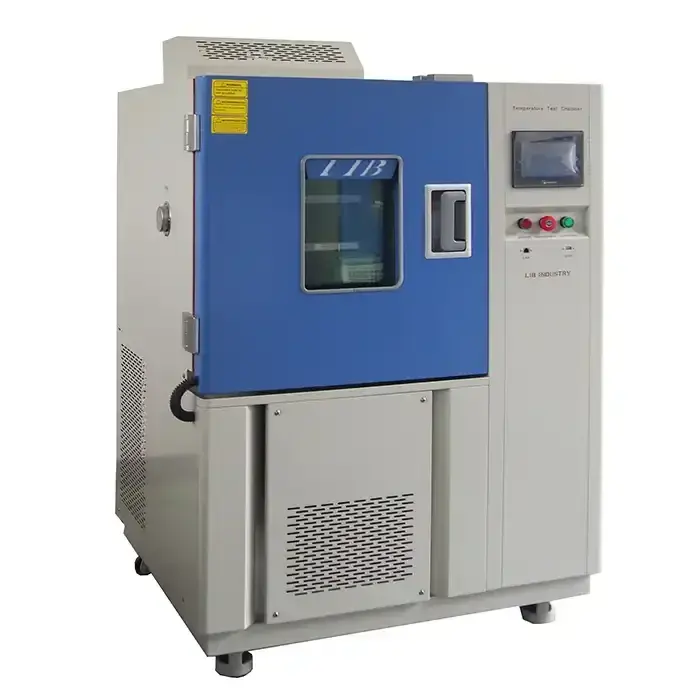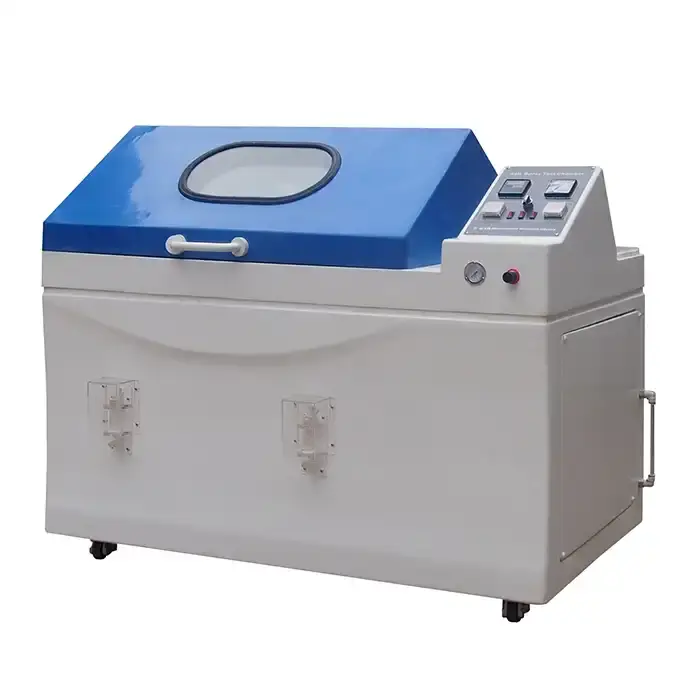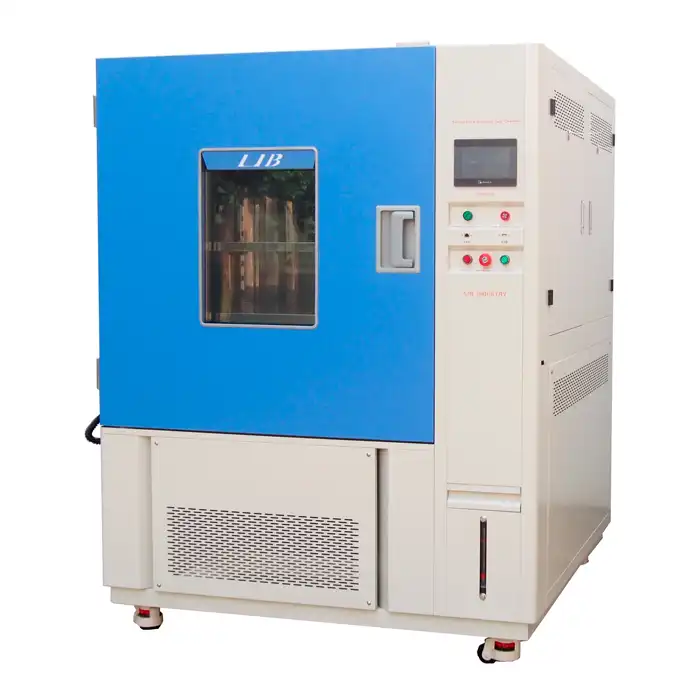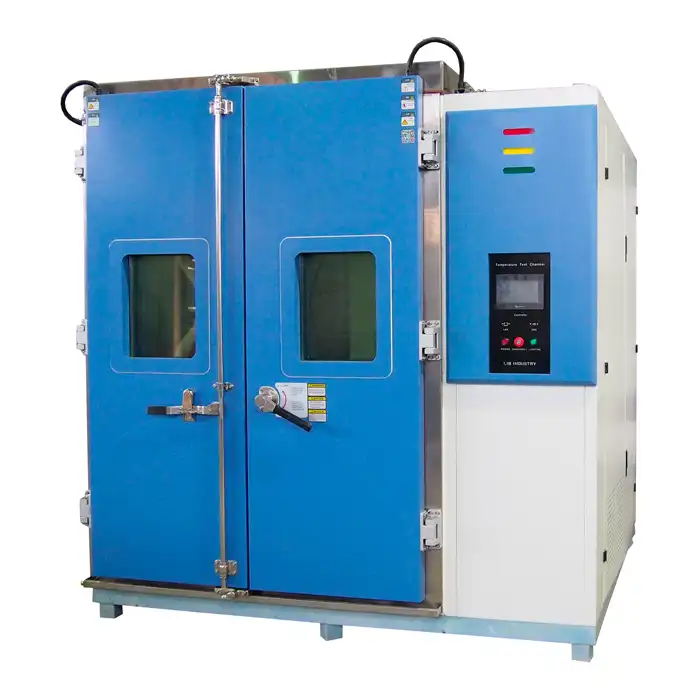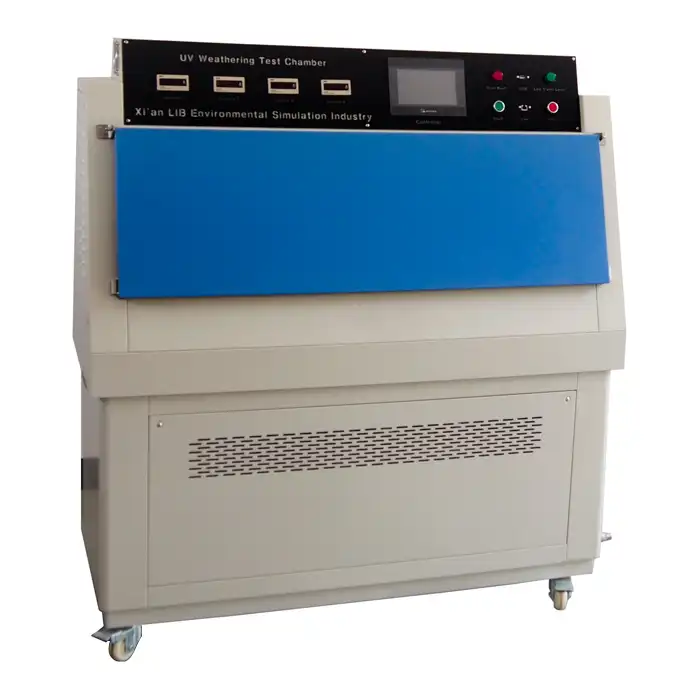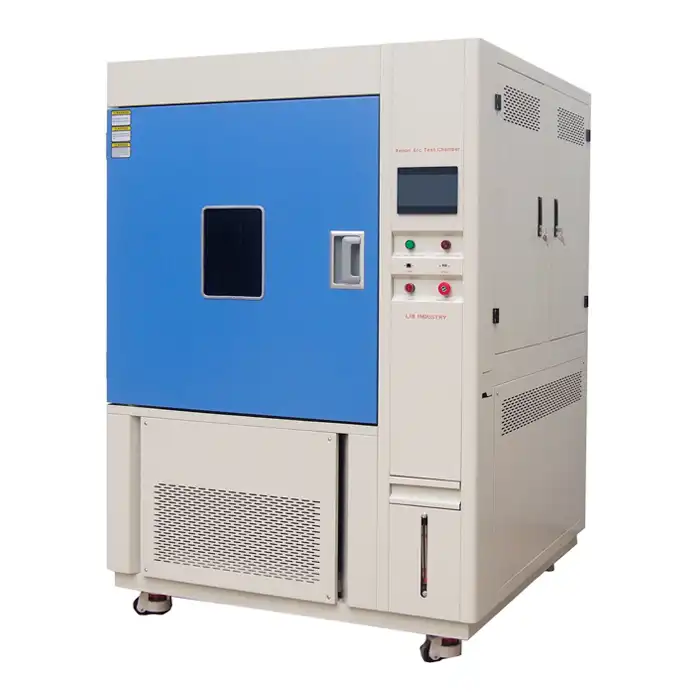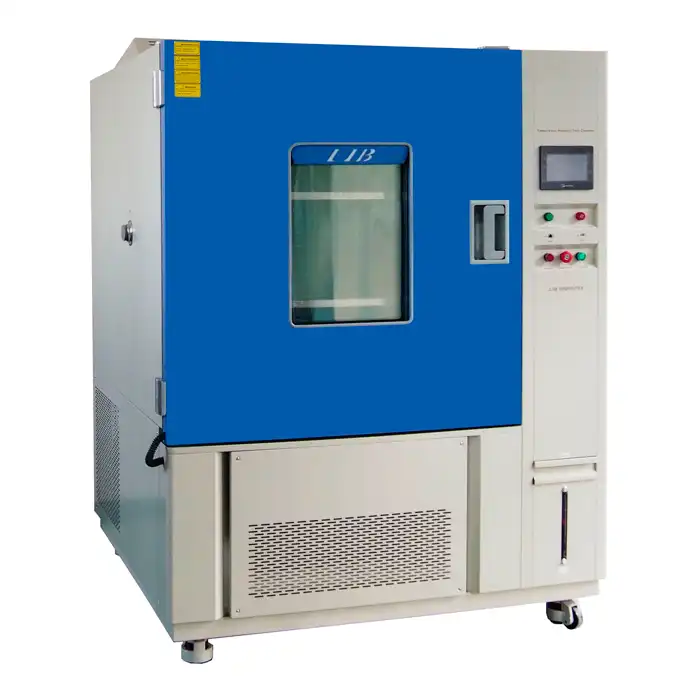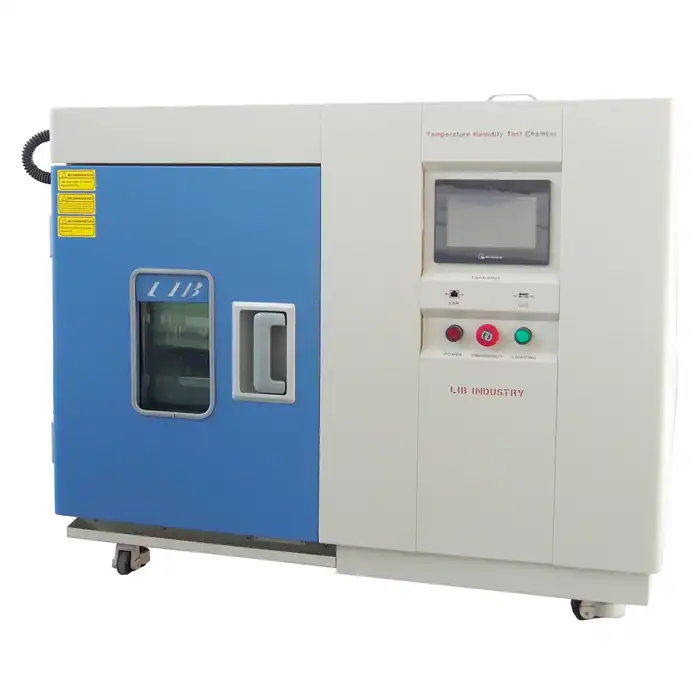What is a weatherometer test?
What is a Weatherometer Test?
The weatherometer chamber plays a crucial role in environmental testing when determining how well products and materials endure outdoor conditions over time. This specific hardware imitates daylight, moistness, and temperature variances to speed up the maturing system of materials, offering bits of knowledge into their drawn out solidness and unwavering quality.
In most weatherometer tests, samples are subjected to UV, visible, and infrared light cycles from xenon arc lamps that simulate sunlight. Color fading, embrittlement, and surface cracking are just a few of the degradation mechanisms that are sparked by this exposure, which acts like natural sunlight. At the same time, controlled variations in temperature and humidity mimic real-world climate changes, further stressing the materials and enabling comprehensive evaluation.
During the phases of research, development, and quality assurance, weatherometer testing is heavily utilized by industries including automobile, aerospace, construction, textiles, and plastics. To meet stringent durability standards, manufacturers use the data to validate product performance claims, improve formulations, and refine designs. In the production of automobiles, for instance, weatherometer tests guarantee that textiles, plastics, and coatings can withstand years of sunlight without deteriorating, preserving their aesthetics and structural integrity.
Additionally, in order to guarantee compliance with environmental and safety regulations, regulatory bodies frequently require weatherometer testing as part of product certification. This ensures that products can withstand a variety of global climates and meet durability expectations, increasing customer trust and satisfaction.
In conclusion, the weatherometer chamber is an important tool for material science advancement because it provides controlled conditions for accelerating aging processes and anticipating material behavior over time. It plays a significant role in product development, innovation, and quality assurance in a market that is becoming increasingly competitive because of its role in evaluating durability and dependability across industries.
Understanding the Weatherometer Chamber
At its core, a weatherometer chamber is a sophisticated testing apparatus made to imitate and accelerate the material and product's natural outdoor weathering processes. This specialized equipment can simulate a variety of environmental stresses, including sunlight, moisture, temperature swings, and pollutants.
At its core are xenon arc lamps that produce a full spectrum of light and resemble natural sunlight in appearance. These lights are basic in provoking accelerated degradation parts inside materials. Photochemical responses, oxidation, and warm debasement are completely started by openness to UV, noticeable light, and infrared radiation. In equal, controlled patterns of temperature and dampness imitate occasional and everyday weather conditions changes, putting significantly more weight on the examples.
Manufacturers in a variety of industries, including the automotive, aerospace, construction, textile, and plastics industries, heavily rely on weatherometer testing. They are able to predict and evaluate how materials will fare in the long run in the presence of delayed openness inside the weatherometer chamber. With this ability to predict, it is possible to make well-informed decisions about the materials to use, changes to the formulation, and improvements to the design of products with the goal of making them last longer and work better.
Plus, weatherometer testing expects a fundamental part in quality affirmation and consistence with regulatory standards. In a variety of international markets, it helps manufacturers ensure that their products meet safety and durability standards. For instance, tests conducted by a weatherometer demonstrate that the paints, coatings, and materials used in the interior of automobiles are resistant to fading, cracking, and deterioration caused by UV rays and severe weather.
In conclusion, the weatherometer chamber is an essential tool for materials science and engineering advancement. By providing a controlled environment to simulate and accelerate natural weathering conditions, it enables manufacturers to innovate resilient products that satisfy the stringent demands of today's consumers and global regulatory requirements.
Importance of Weatherometer Testing
Enhancing Product Durability and Performance
One of the primary objectives of weatherometer testing is to assess how materials withstand prolonged exposure to sunlight, which is crucial for outdoor applications. Whether it's automotive components, building materials, or textiles, understanding how materials degrade under UV radiation helps in formulating better protective measures and enhancing overall longevity.
Validating Product Specifications and Standards
In industries where compliance with regulatory standards and customer expectations is paramount, weatherometer tests provide empirical data to validate product claims. This testing ensures that materials meet required performance benchmarks and can withstand specified environmental conditions without compromising on safety or reliability.
Accelerating Research and Development Cycles
By predicting long-term performance based on accelerated testing, manufacturers can expedite their research and development processes. This not only saves time and resources but also enables quicker iterations and improvements in product design. For industries like aerospace, electronics, and construction, where innovation and efficiency are critical, this predictive capability is invaluable.
Applications Across Industries
The versatility of weatherometer chambers extends across various sectors:
- Automotive: Testing paints, coatings, and interior materials for resistance to fading and cracking.
- Textiles: Evaluating fabrics for colorfastness and durability in outdoor apparel and furnishings.
- Construction: Assessing building materials like plastics, sealants, and roofing materials for weather resistance.
- Electronics: Verifying the performance of electronic components exposed to outdoor conditions.
Conclusion
In conclusion, the weatherometer chamber serves as a cornerstone in the realm of environmental testing, offering manufacturers the ability to predict and enhance product durability under diverse weather conditions. By simulating real-world scenarios in a controlled environment, businesses can mitigate risks, improve product quality, and ultimately deliver solutions that meet or exceed customer expectations.
Whether you are a manufacturer looking to validate your product's durability or a consumer seeking products built to last, understanding the role of weatherometer testing is crucial. It not only ensures the reliability of materials but also contributes to sustainable practices by reducing the need for frequent replacements.
For more insights into how weatherometer testing can benefit your industry or specific applications, feel free to reach out to us at [LIB Industry]. We are dedicated to providing turnkey solutions for environmental testing, tailored to meet your unique requirements. Discover how our expertise and state-of-the-art testing facilities can support your innovation journey.
Remember, when it comes to quality and reliability, investing in thorough testing today can save significant costs and setbacks tomorrow. Embrace the power of weatherometer testing and unlock new possibilities for your products in an ever-changing world.



